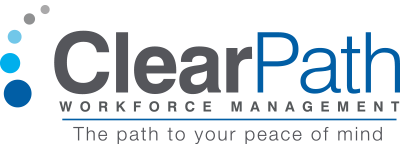3 Employee Documentation Requirements for HR Compliance
HR compliance is complex, let’s be honest. One way to tackle this with your star quarterback is to bring your compliance to one central location: Employee Documentation. This is where your full compliance journey begins and ends. So buckle up and let’s take a look at the three types of documents that will keep you on track.
If you’re like Brandon Business Owner and are looking to ensure your business is fully compliant with federal and state laws, this guide is for you. Avoiding legal pitfalls begins with documentation.
1. Hiring and Job Expectations
Just like a building needs a strong foundation, your employee files should start with the basics. This includes full names, addresses, education qualifications, and date of birth. Don’t forget to include emergency contact numbers and copies of government-issued IDs like driving licenses. Keep sensitive information like social security numbers in a separate, secure file to ensure confidentiality.
The hiring process is also a legal process and thus should be thoroughly documented. Files need to include job applications, resumes, cover letters, educational transcripts, and even interview notes. Include any job offer letters and employment contracts. Always state that your company operates in compliance with Americans with Disabilities Act (ADA) and Equal Employment laws and of course follow them! This can protect you from accusations of discrimination.
Your employee files should contain all employment-related agreements including confidentiality or non-disclosure agreements, union contracts, and even agreements related to company cars or business credit cards. Document all employment-related agreements meticulously to avoid any future disputes or legal issues. Your business is compliant and documenting this process will help you show it in the court of law.
2. Payroll, Trainings, and Performance
Payroll compliance is a critical aspect of being an employer. Your employee files should contain IRS tax withholding forms and payroll data. Make sure to accurately withhold taxes from employee paychecks and remit them to the appropriate governmental bodies. Keep a record of all employee W-4s, beneficiary forms, and timecards. Proper handling of payroll taxes will help you avoid serious tax law violations. Stay updated on changes in payroll tax laws, especially if you have employees in multiple locations.
Compliance isn’t just about minimum wage laws; it’s also about benefits. Your employee files should also contain medical enrollment forms, flexible spending account forms, and retirement forms like 401(k) agreements. Regularly review and document payment structures to ensure Fair Labor Standards Act (FLSA) compliance, including minimum wage requirements and overtime regulations.
Performance evaluations, training records, and development plans should be part of your employee files. These documents can help you in case of grievances or disputes. Keep records of any internal or external complaints made about an employee. This can be crucial if legal issues arise, more information about this topic here.
Any forms containing age, medical information, race, or other protected class should be kept in a separate confidential file away from the standard personnel file with access limited to authorized persons.
3. Grievances, Problems and Parting Ways
Keep records of disciplinary notices, investigations, and findings. These can serve as evidence in case of non-compliance or illegal activities by the employee. Documenting disciplinary actions can protect you in case the employee files a lawsuit against the company.
Compliance with Federal Occupational Safety and Health Act (OSHA) standards is non-negotiable for any business and some states have their own separate OSHA regulations. If you regularly update your safety training materials and perform audits to ensure your workplace practices align with OSHA standards, then you should also document this. Make OSHA Form 301 easily available to all employees in case of an accident or illness on the job.
When an employee leaves or is terminated you are legally required to keep their personnel file after their termination date. The time you need to keep certain information varies depending on what document it is and what state you do business in. To simplify the process it is generally recommended to keep records for up to seven years. Always check local laws to ensure you’re in compliance.
HR compliance is about the business and about the employee, the two go hand in hand. Proper documentation is both a legal and moral obligation that can save you from a lot of trouble down the line. Remember, if it’s not in writing, it didn’t happen. Document your compliance journey through employee records. Your future self will thank you.
Contact us for a comprehensive guide on HR compliance, so you can focus on what you do best—running your business.
ClearPath is a leading Human Resources Outsourcing company focusing on assisting employers to leverage the independent contractor labor market. We’re committed to helping business owners stay compliant and minimize the risks associated with their contingent labor requirements.
No Legal Advice Intended. This article includes general information about legal issues and developments in the law. Such materials are for informational purposes only and may not reflect the most current legal developments. These informational materials are not intended, and must not be taken, as legal advice on any particular set of facts or circumstances. You need to contact a lawyer licensed in your jurisdiction for advice on specific legal issues.
- Written by: Renee Fink
- Posted on: October 30, 2023
- Tags: 1099, 1099 Worker Classification, ENGAGING W-2 WORKERS, FREELANCER, INDEPENDENT CONTRACTOR COMPLIANCE, independent contractor management, Workforce Classification

